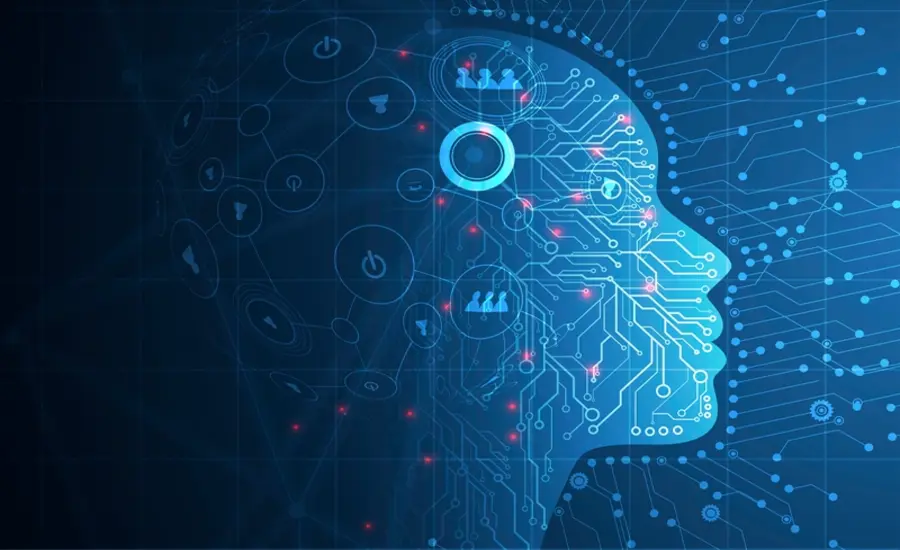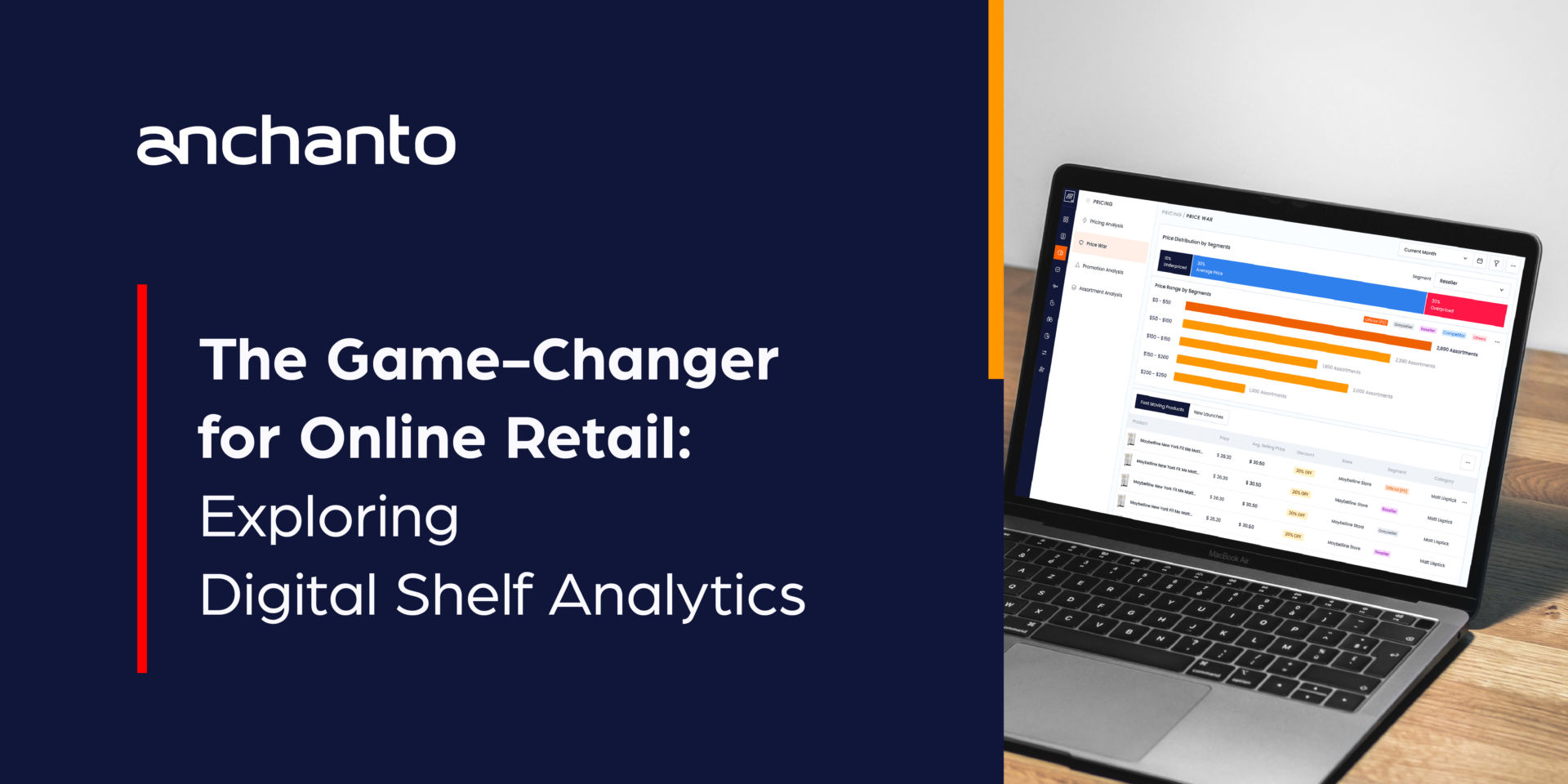What is Microlearning?
Microlearning is an innovative educational strategy that delivers content in small, bite-sized units. Instead of overwhelming learners with large volumes of information, microlearning breaks topics into concise, standalone modules that are easy to digest. This flexible approach allows learners to engage with the material whenever and wherever they prefer, enhancing retention and understanding.
By focusing on short bursts of content, microlearning promotes better knowledge retention. Learners can revisit content multiple times, which helps reinforce what they’ve learned. This method is particularly popular in corporate training, where employees can develop new skills without taking extensive time away from their jobs.
Microlearning modules typically take around five minutes to complete and address specific skills or knowledge gaps. This allows learners to integrate training into their busy schedules, providing an efficient way to stay updated and continuously improve.
The Benefits of Microlearning
- Improved Learning Retention
Microlearning enhances retention by presenting information in small, manageable chunks. This combats the Forgetting Curve, which shows that learners forget a large portion of what they learn within a short period. Regular microlearning sessions can improve memory and understanding over time. - Better Learner Satisfaction
Microlearning aligns with the preferences of modern learners who seek quick, accessible, and engaging content. Its mobile-friendly, bite-sized format leads to higher satisfaction rates, especially among Millennials and Gen Z employees. - Faster Learning
Microlearning allows learners to quickly absorb and apply information. Employees who have limited time for training can complete shorter sessions, boosting productivity while still engaging with necessary learning materials. - Increased Engagement
Learners tend to be more engaged when content is delivered in shorter, focused bursts. Microlearning’s emphasis on relevant, need-to-know information increases the likelihood of knowledge application, driving higher participation and retention rates. - Cost-Effective and Time-Saving
Microlearning is a cost-effective solution for organizations. It takes less time to develop and update content compared to traditional learning methods, leading to significant time and cost savings. - Support for Continuous Learning
Microlearning promotes a culture of continuous learning. By offering on-demand, accessible modules, learners are encouraged to engage in ongoing skill development, fostering a learning-driven organizational environment. - Boosted Learner Efficiency
Microlearning’s focus on one topic at a time helps learners quickly apply new skills. Short, successive learning bites enable better performance compared to longer, traditional training methods. - Solving Specific Problems
Microlearning is particularly useful for solving immediate, task-related issues. It offers employees easy access to specific, on-demand information, helping them address problems efficiently.
Microlearning Across Different Industries
As microlearning gains momentum, various industries are incorporating it into their training frameworks. Let’s explore its impact across different sectors:
Corporate and Education
Microlearning has become an essential part of corporate and educational training programs. Companies and institutions assess learning needs to identify knowledge gaps, and platforms like Curiously provide tools to create personalized, AI-powered learning experiences. By offering tailored bite-sized modules, organizations can target specific learning objectives and ensure that learners stay engaged.
Manufacturing and Transportation
In industries like manufacturing and transportation, where training large and dispersed teams is a challenge, microlearning offers a flexible and scalable solution. For example, Keurig Dr Pepper used microlearning videos to provide consistent, mobile-accessible training on key topics such as compliance and communication skills.
Technology
Tech companies like Google have embraced microlearning through tools like the Google Primer app, which delivers five-minute interactive lessons on topics like SEO and content marketing. This enables users to learn on the go, helping small businesses improve their digital marketing efforts.
Healthcare and Pharmaceutical
Microlearning has proven effective in high-stakes industries such as healthcare. Dr. Neb, a game designed for clinicians treating COPD patients, uses microlearning to help medical professionals make better prescription decisions through interactive, gamified scenarios. Similarly, Merck’s use of a microlearning platform improved safety culture and reduced incidents at global manufacturing sites.
The Future of Microlearning
Microlearning is rapidly gaining traction across industries as organizations recognize its ability to provide engaging, efficient, and flexible learning solutions. Whether it’s through gamified content, adaptive learning systems, or AI-driven platforms like Curiously, microlearning is transforming how businesses and educational institutions deliver training. By continuing to refine and iterate on content through feedback and data, organizations can ensure that microlearning remains an effective tool for developing skills and knowledge in the long term.










